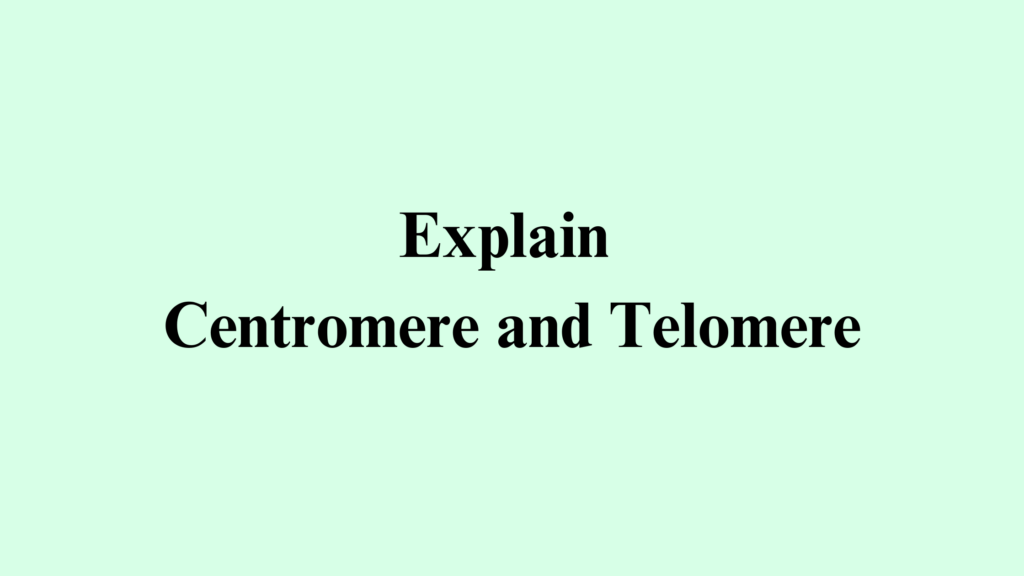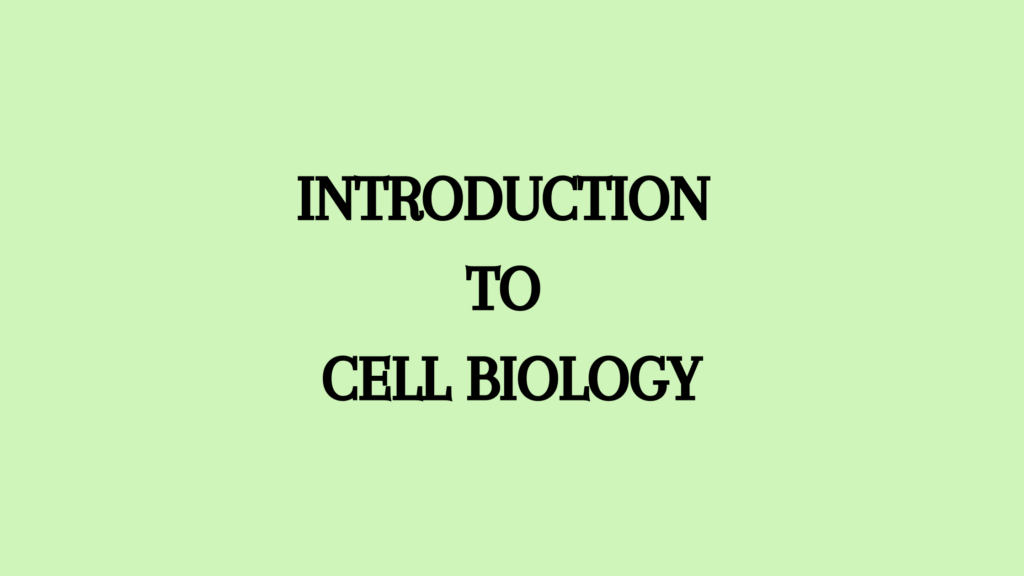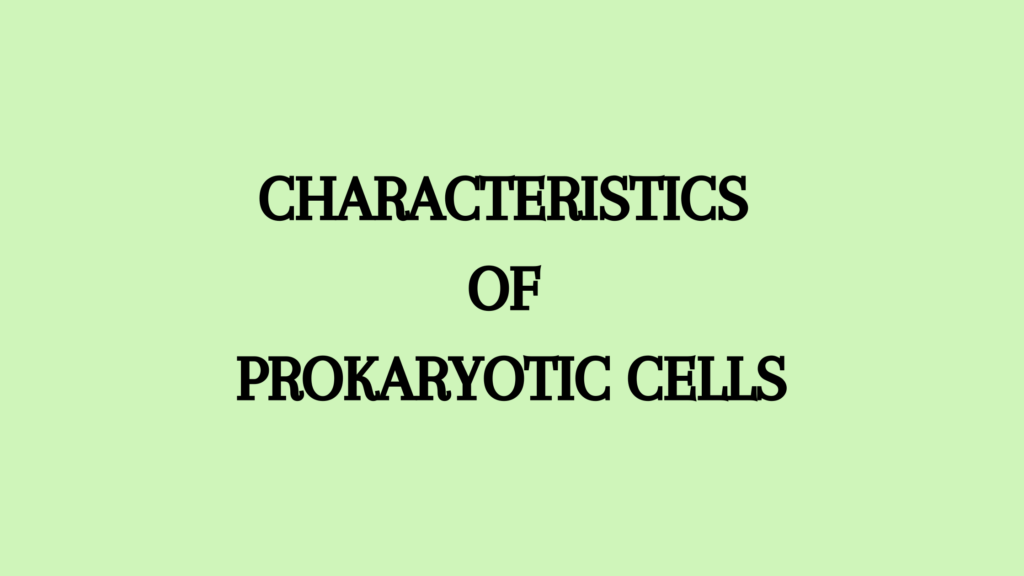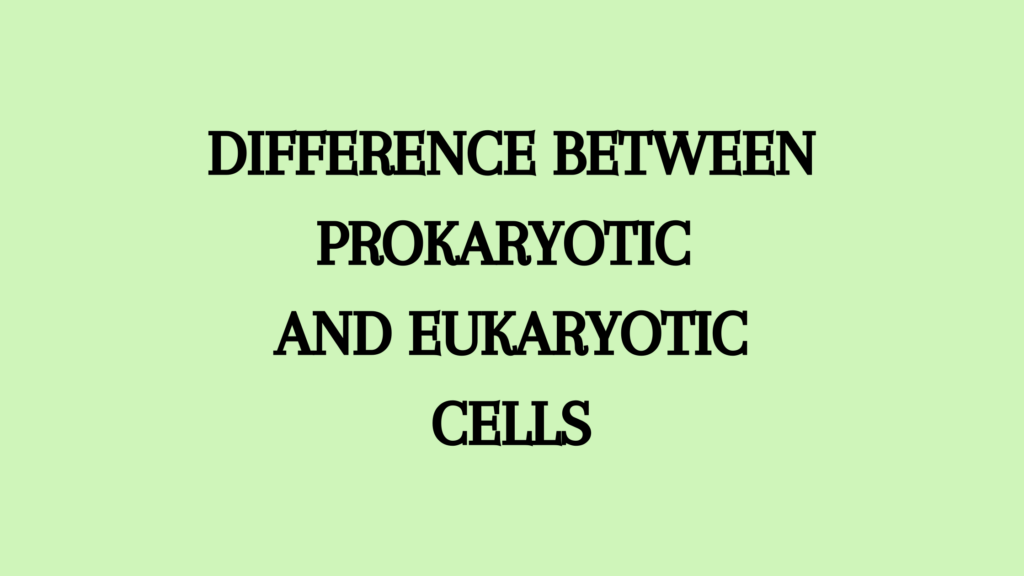The centromere and telomere are two essential features of all eukaryotic chromosomes, made of euchromatin. It is proposed from an evolutionary point of view that centromeres originated from telomeres.
Centromeres
Centromeres are regions in chromosomes that are attached to fibers of the mitotic spindle. It lies within the thinner segment called the primary constriction. The region flanking this contains repetitive DNA.
Centromeres contain specific DNA sequences with special proteins to form a kinetochore. This kinetochore has a trilaminar structure with an outer proteinaceous, middle low density, and inner dense layers. It provides a center of assembly for microtubules.
- Most organisms have one centromere and it is called a monocentric chromosome.
- Diffused chromosomes with attached microtubules are called holocentric chromosomes.
- In some organisms, chromosomes break and fuse to form chromosomes without centromeres. They are called acentric chromosomes.
- They may also form chromosomes with two centromeres to form dicentric chromosomes.
- These are chromosomal aberrations and are unstable.
- Acentric chromosomes cannot attach to spindle fibers.
- Dicentric chromosomes cause fragmentation.
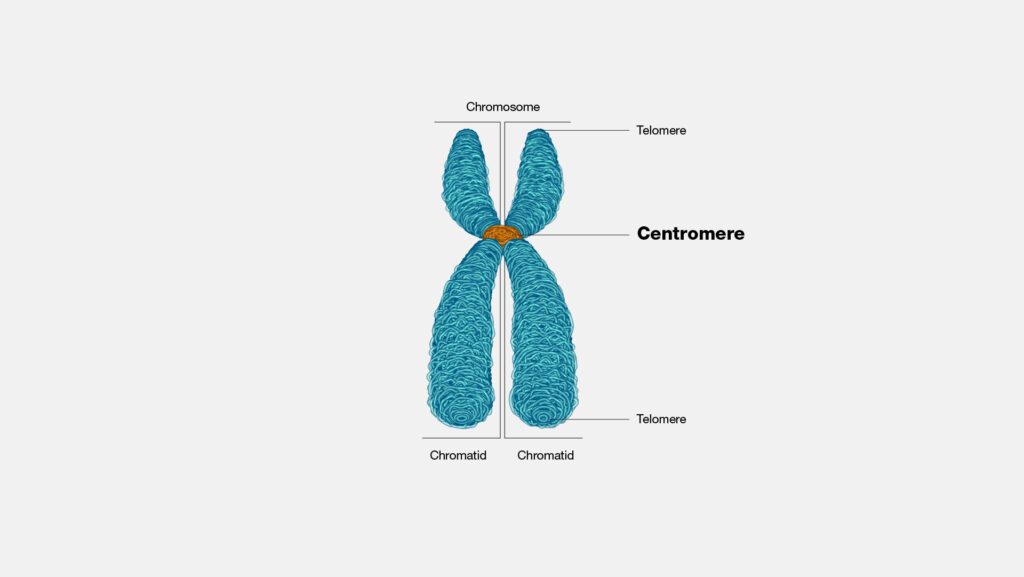
Telomeres
Telomeres are the ends of chromosomes where there are plenty of repetitive DNA sequences. It protects the ends of the chromosomes from getting tangled or frayed.
These telomeres prevent the fusion of chromosomal segments. The tip of the telomere contains a knot-like structure called the T-loop that prevents the fusion or sticking of the ends of two chromosomes.
The broken ends of chromosomes fuse due to the lack of telomeres. They are important for the maintenance of genetic stability by preventing erosion or end-to-end fusion.
As the cell divides repeatedly, telomeres get shorter and eventually become so short that the cell is unable to divide anymore. This leads to the death of such cells.
The enzyme telomerase helps maintain the length of telomeres. The activity of telomerase is modulated by Genetic, epigenetic, and environmental factors that can modulate the activity of this enzyme. As humans age, there is a progressive shortening of the telomeres. Targeting this can help delay or even prevent age-related disorders.
References
- Agarwal, P. V. |. V. (2004). Cell biology, Genetics, Molecular Biology, Evolution, and Ecology: Evolution and Ecology. S. Chand Publishing.
- Anitha, A., Thanseem, I., & Vasu, M. M. (2019). Centromere and telomere dynamics in humans. Genome Plasticity in Health and Disease, 157-178. https://doi.org/10.1016/B978-0-12-817819-5.00010-3
- https://www.genome.gov/genetics-glossary/Telomere
- Villasante, A., Abad, J. P., & Méndez-Lago, M. (2007). Centromeres were derived from telomeres during the evolution of the eukaryotic chromosome. Proceedings of the National Academy of Sciences of the United States of America, 104(25), 10542. https://doi.org/10.1073/pnas.0703808104
Additional Reading
- Structure and Function of the Nucleus
- Structure and Function of Nucleolus
- Short Note on Chromosomes
- Describe The Structure Of Chromosome
